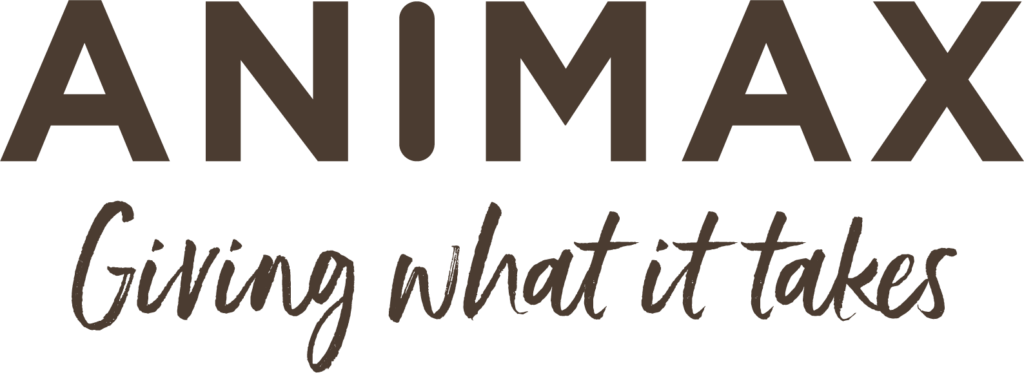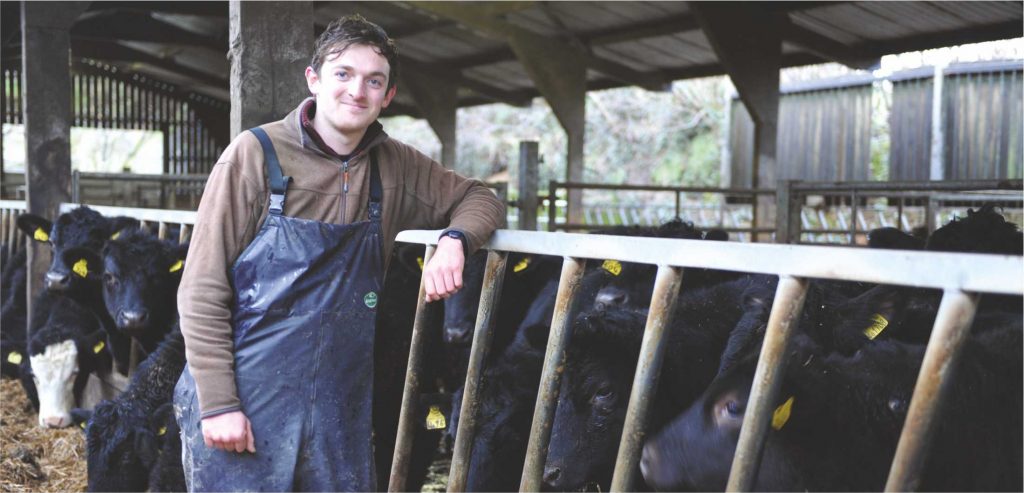A change of direction for a Devon beef and sheep farm, from high input to low-cost production, presented the business with a challenge; working out how to meet the trace element needs of livestock in a system that relied very little on supplementary feed.
James Perkins from the Sydenham Estate near Tavistock in Devon wanted to increase sheep and cattle numbers without investing heavily in extra buildings.
James, who is the farm manager for the estate’s owner, Graham Hart, decided to change sheep breed, from Mule to Romney, with the aim of increasing numbers threefold, from 600 to 1800.
“The flock was previously high input but the idea was to make lambing as low cost as possible,” says James.
However, the soils on the Sydenham Estate are deficient in iodine and switching from a system in which the annual feed input for 600 Mules was 42 tonnes of concentrates, left the flock exposed to trace element shortfalls.
“When we went down the low-cost route we knew the sheep would need to get their trace elements from somewhere other than their feed,” James explains.
The answer was to bolus with Tracesure Sheep twice a year, at tupping and just before lambing.
A combination of bolusing, using different rams and outdoor lambing has brought multiple benefits.
“The lambs had been slow to get going but they are now up and sucking straight after hitting the ground,” says James.
“Romneys are good at that but not if they don’t have everything that they need. On average, we now only get two out of every 100 ewes that need assistance at lambing.”
As a result, lambing is now one of James’s most satisfying jobs on the Sydenham Estate. “Lambing is probably the best time of the year because it is so easy, especially if the weather is good. We lamb from April 5th. We have got some sheds but the ewes are better when they lamb outside, especially now they have been bolused.”
The Animax boluses are also making their mark in the estate’s beef herd of 100 Aberdeen Angus-cross and South Devon suckler cows. The cows are bolused with Tracesure Cattle with Copper in January and they calve in March and April.
“We get three weeks of calving out of the way before lambing starts,” says James. “This year we only had one cow not calving in the first six weeks and 75% of them are calved in the first three weeks.
“Last year was the first year we tried the boluses on the cows and it was unbelievable how quickly they calved and how lively the calves were.”
South Devons are being phased out of the herd in favour of the Aberdeen Angus. “The Angus is easy calving and they do very well here on a grass-based diet,” explains James.
During the winter, they get a daily ration of 2kg of corn a day together with silage and wholecrop. Beef is sold to St Merryn with steers finished at 340kg and heifers at 320kg.
Lambs, which are reared on grass and forage rape, are sold fat to Randall Parker at 18kg deadweight.
Bolusing, says James, is a straightforward job. “We have a hydraulic crush for bolusing the cows and there are no issues whatsoever. We can bolus 100 cows in two hours and give them a fluke treatment at the same time.
“With the sheep there are two of us on the job, one loading the bolusing applicator and the other bolusing. We can get 120 done in an hour. I get quite excited about getting a job like that done in as short a time as possible!”
James says he is very pleased with the bolus. “When everything performs well I don’t see any reason to change. I see the boluses as an insurance policy. If I ring up a merchant to buy the bolus and they don’t stock Tracesure they might try to sell me another brand but I insist on Animax. It is not worth taking the risk of using another bolus.”


